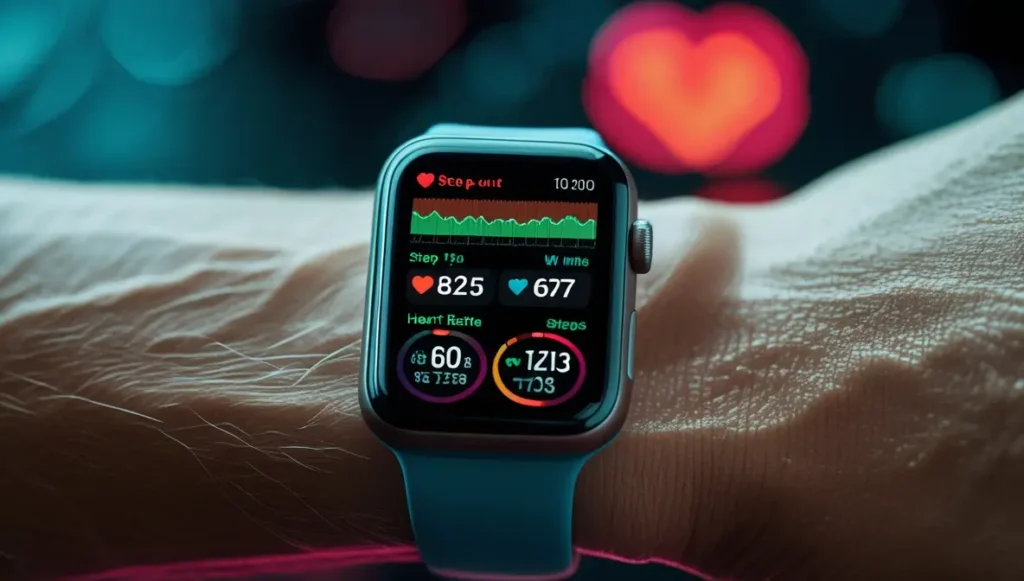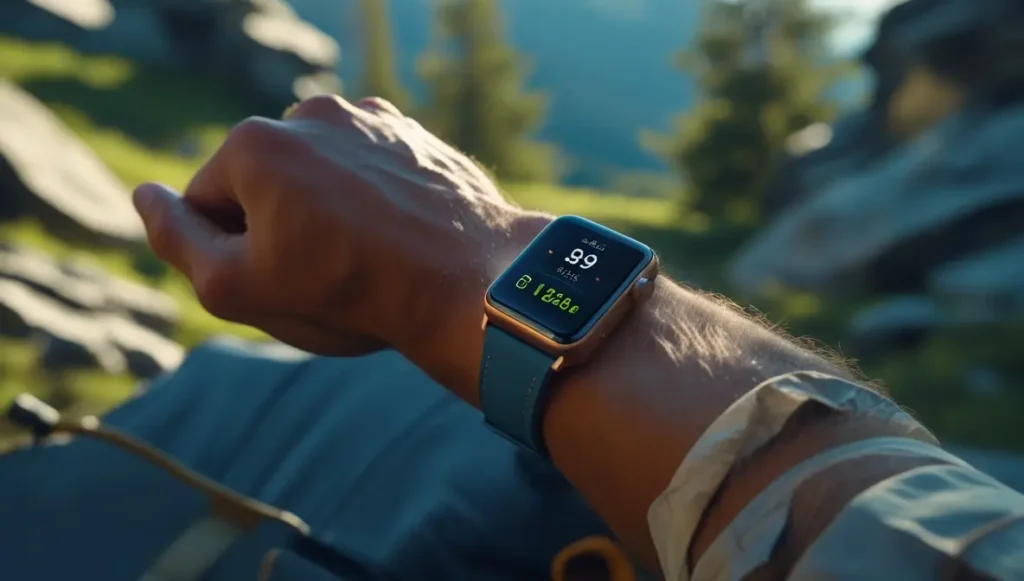Smartwatches have revolutionized the way we monitor our health and fitness. these wearable devices provide real-time data on everything from steps taken to heart rate, making it easier than ever to stay on top of your fitness goals. in this guide, we’ll explore how to effectively use smartwatches for fitness tracking, especially for men over 50 who want to maintain an active lifestyle.
Why Are Smartwatches Ideal for Fitness Tracking?
Smartwatches combine convenience, accuracy, and accessibility, making them perfect tools for monitoring physical activity. they provide instant feedback, helping you make informed decisions about your health and fitness routine.
Benefits of Using Smartwatches
- Motivation: Tracks progress and sets achievable goals.
- Convenience: Worn on your wrist, eliminating the need for additional devices.
- Customization: Offers personalized insights based on your activity levels.
- Health Monitoring: Tracks metrics like heart rate, sleep, and calories burned.
“a smartwatch is more than a gadget—it’s your personal fitness coach on your wrist.”
Key Features of Smartwatches for Fitness Tracking
Understanding the features of your smartwatch can help you maximize its potential. here are the most important functions for fitness tracking.
1. Step Counting and Activity Tracking
Most smartwatches come with built-in pedometers that count your steps throughout the day. they also track other activities like walking, running, or cycling.
How to Use Step Counting
- Set a daily step goal (e.g., 7,000-10,000 steps).
- Monitor your progress through the watch’s app or display.
- Adjust your routine to meet your goals, such as taking short walks during breaks.
2. Heart Rate Monitoring
Heart rate tracking helps you understand how hard your body is working during exercise and ensures you’re staying within safe limits.
Tips for Using Heart Rate Data
- Aim for your target heart rate zone during workouts (50-85% of your maximum heart rate).
- Monitor resting heart rate trends to gauge overall cardiovascular health.
- Use alerts for abnormal heart rates to prevent overexertion.
3. Sleep Tracking
Quality sleep is essential for recovery and overall health. smartwatches analyze sleep patterns, including duration, stages, and interruptions.
Improving Sleep with Smartwatches
- Review sleep data to identify habits affecting rest (e.g., caffeine or screen time before bed).
- Set bedtime reminders to establish a consistent sleep schedule.
- Use relaxation features like breathing exercises or white noise apps.

4. Calorie Tracking
Smartwatches estimate the number of calories burned based on your activity level and personal metrics like age, weight, and height.
How to Use Calorie Tracking
- Compare calories burned to your daily intake to manage weight.
- Adjust your activity level if you’re not meeting your fitness goals.
- Use calorie data to tailor your diet and exercise plan.
5. GPS and Route Mapping
For outdoor enthusiasts, GPS-enabled smartwatches track distance, speed, and routes during activities like running, hiking, or cycling.
Benefits of GPS Features
- Measure the exact distance of your runs or walks.
- Explore new trails while staying on course.
- Analyze performance metrics like pace and elevation gain.
6. Workout Modes
Smartwatches offer specific modes for different types of exercise, such as swimming, yoga, strength training, and more. these modes optimize tracking for each activity.
How to Use Workout Modes
- Select the appropriate mode before starting your activity.
- Follow guided prompts or timers for structured workouts.
- Review post-workout summaries to track improvements over time.
How to Get Started with Fitness Tracking on a Smartwatch
If you’re new to using a smartwatch for fitness, here’s a step-by-step guide to help you get started.
1. Set Up Your Device
Follow the manufacturer’s instructions to pair your smartwatch with your smartphone. download the companion app and complete the initial setup.
Initial Setup Tips
- Input accurate personal information (age, weight, height) for precise metrics.
- Customize notifications and preferences to suit your needs.
- Charge the device fully before first use.
2. Define Your Fitness Goals
Clearly outline what you want to achieve, whether it’s losing weight, improving endurance, or simply staying active.
Examples of Fitness Goals
- Walk 10,000 steps daily.
- Run a 5K within three months.
- Improve sleep quality by maintaining a consistent bedtime.

3. Sync with Fitness Apps
Many smartwatches integrate with popular fitness apps like MyFitnessPal, Strava, or Apple Health. syncing data provides a comprehensive view of your progress.
Benefits of Syncing Apps
- Combine fitness data with nutrition tracking for a holistic approach.
- Share achievements with friends or join challenges for motivation.
- Access detailed reports and trends over time.
4. Wear Your Smartwatch Consistently
To get accurate data, wear your smartwatch consistently throughout the day and during workouts. ensure it’s snug but comfortable on your wrist.
5. Review and Adjust Regularly
Check your fitness data regularly to assess progress and make adjustments to your routine as needed.
Tips for Reviewing Data
- Look for patterns in activity levels, sleep quality, and heart rate.
- Celebrate milestones to stay motivated.
- Identify areas for improvement, such as increasing daily movement.
Frequently Asked Questions About Using Smartwatches for Fitness Tracking
Are Smartwatches Accurate for Fitness Tracking?
While not 100% precise, smartwatches provide reliable estimates for most metrics. combining data with manual logs can improve accuracy.
Can I Use a Smartwatch for Swimming?
Yes, many smartwatches are water-resistant and designed for swim tracking. check the device’s specifications for compatibility.
How Do I Maintain My Smartwatch?
Clean the band and screen regularly, avoid exposing it to extreme temperatures, and update the software to ensure optimal performance.
What Should I Do If My Data Seems Off?
Calibrate the device, ensure it’s worn correctly, and compare results with other tools (e.g., a heart rate monitor or scale) for verification.


